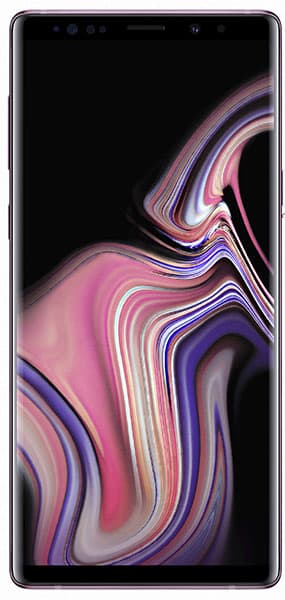Samsung Galaxy Note 9
- From £899
- www.samsung.com
- 4000 mAh battery
- 6.4in screen
- 128GB or 512GB storage + MicroSD card compatibility
- 201g
- Dual-lens rear camera l ‘S Pen’ stylus
- Score 4.5/5
Samsung has a few different options which appeal to photographers, but the galaxy note 9 stands out for a couple of intriguing reasons.
It’s the only device in this round-up to feature a Stylus, which tucks neatly away into the bottom of the phone. You can use it to remotely trigger the camera’s shutter, which makes it ideal for anybody who wants to get creative – such as when using the Note 9 on a tripod for long-exposure night shots (and of course for selfies and group portraits). It’s also capable of other functions, such as switching between the front and rear cameras with certain combinations of button-presses.
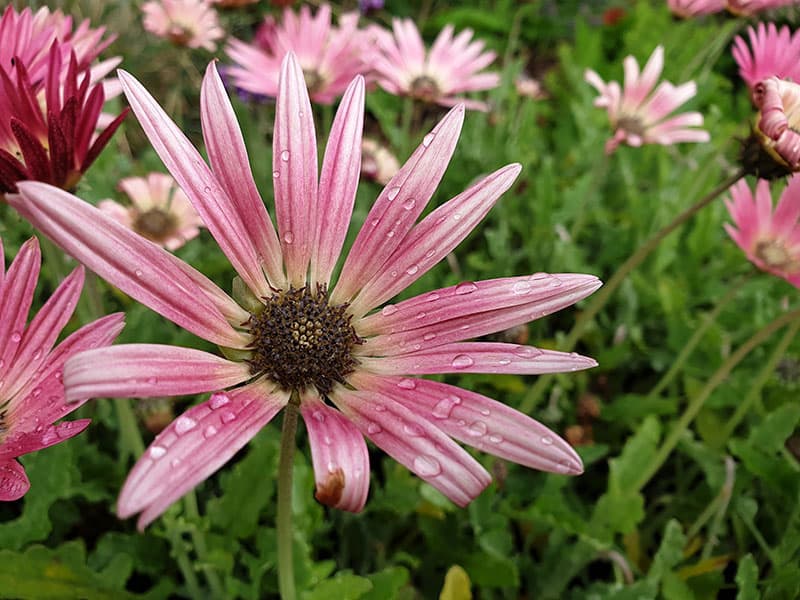
JPEG images straight from the Galaxy Note 9 show a good level of detail
As we see with many Android smartphones, you can shoot in raw format, plus there’s a very well-featured native camera app which affords manual control over a number of different settings. of the two rear camera lenses, the wider angle (26mm equivalent) optic is equipped with dual- aperture capability – something which is also unique among the devices featured here. this function gives you the option to manually choose between f/1.8 and f/2.4 depending on the lighting conditions – the phone will decide for itself which it needs in standard Auto shooting mode.
Image quality is excellent, with realistic colours and a good degree of detail in JPEG images. Shallow depth-of-field mode produces some convincing effects if you don’t inspect them too closely – working particularly well for human portraits. Low-light shooting is also very good, but it lacks the high-quality dedicated night modes of smartphones such as the Huawei and google models in this group.
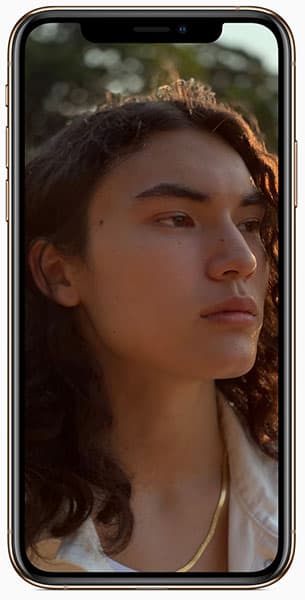
iPhone XS
- From £999
- www.apple.com
- Dual-lens rear camera
- 64GB, 256GB or 512GB internal storage
- 5.8in and 6.5in (Max)
- 2658 mAh and 3174 mAh (Max) battery
- 177g and 208g (Max)
- iOS operating system
- Score 4.5/5
At one point, the iPhone was the de facto phone of choice for photographers, but these days, the Apple behemoth has far stiffer competition from the Android contingent.
If you’re ingrained into the iOS operating system (or you just prefer it), an iPhone may well be the only option you’ll consider, but luckily it still represents a good choice for photographers.
The iPhone XS and the larger iPhone XS Max have different screen sizes, but share camera specifications – it’s up to you to decide which size of phone you’d prefer. As has been common for a while, the iPhone XS uses a dual-camera rear set-up, both offering 12 megapixels. one gives you a wideangle view (28mm equivalent) and the other a telephoto view (56mm equivalent) – Apple keeps exact specifications (such as sensor sizes) under wraps.
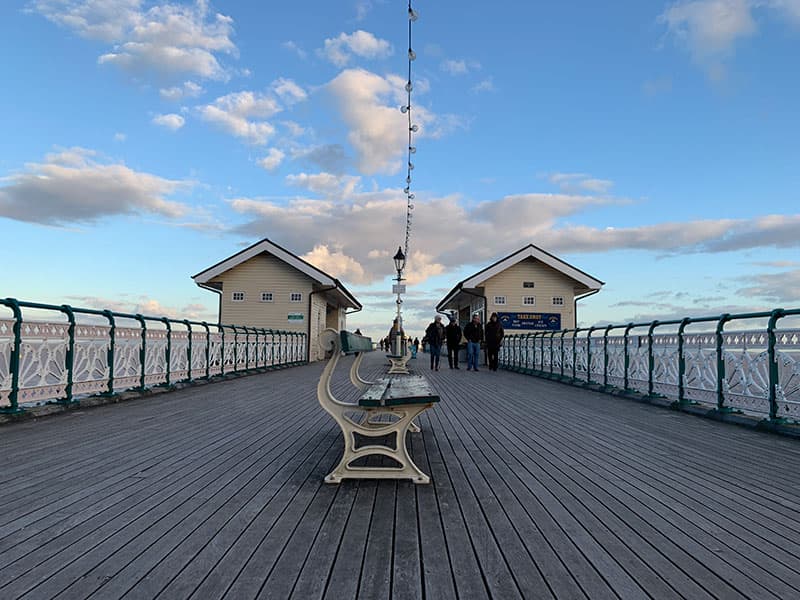
Colours directly from the iPhone XS camera are natural without being dull
Using the native camera app for the iPhone is very simple and hasn’t changed all that much in recent years. there’s no option for manual control or raw shooting, but there are third-party apps which provide such functionality should you require it.
Image quality is excellent, with a particular nod to the impressive ‘Portrait’ mode which creates shallow depth of field effects (and works for non-human subjects too). Low-light shooting is fairly good, but with no dedicated night mode there are some better options out there.
This being an iPhone, you will pay a price premium to own it. It’s by far the most expensive model in this test, and with the price unlikely to drop significantly in the coming months, will likely remain so – if your budget is tighter, consider the cheaper iPhone XR (which only has a single camera).
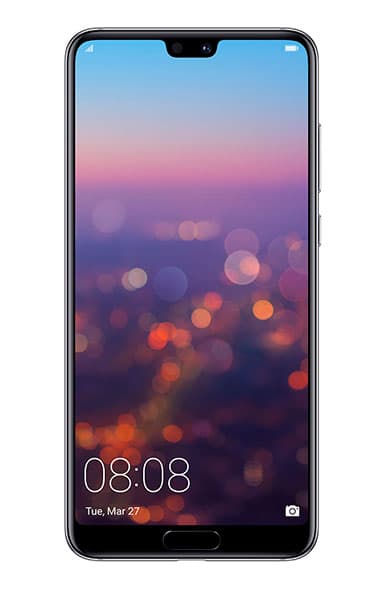 Huawei P20 Pro
Huawei P20 Pro
- £649
- www.huawei.com
- Triple Leica lens rear cameras
- 6.1in screen
- 128GB storage
- 4000 mAH battery
- 180g
- Dedicated monochrome sensor
- Score 5/5
There’s likely nobody pushing harder for your business than Huawei at the moment. Happily, its excellent duo of flagship smartphones has widely impressed reviewers and consumers alike.
The p20 pro is the older of the two models here, and has been on the market since March 2018. At the time of writing it is still sitting at the very top of DxoMark’s smartphone ratings.
A triple camera set-up gives you a wideangle lens, 3x telephoto lens and, uniquely in this group, a dedicated monochrome sensor which can be used in its own mode. The wideangle lens is coupled with a 40-megapixel sensor, but by default, files are output at a much more manageable 10 megapixels.

The P20 Pro’s fantastic night mode is especially useful in low-light situations
The native Huawei camera app is extremely well featured, with a range of different shooting modes. in the standard photo mode, artificial intelligence (Ai) kicks in to recognise a wide variety of different scenes and apply appropriate settings accordingly. There’s also a pro mode for raw-format shooting and manual control.
Huawei’s Night Mode made its debut with the p20 pro and produces extraordinary results – especially as it can be used handheld. in essence, it merges a series of short exposures to give the effect of a longer exposure.
Otherwise, image quality is similarly fantastic in other shooting conditions – switching off Ai in some conditions is a good idea to avoid oversaturation in blues and greens. Monochrome mode produces superb results too, making it appealing for those users who are particularly fond of black & white.

HTC U12+
- £629
- www.htc.com
- 6.0in screen
- Dual-lens rear camera
- Dual-lens front camera
- 64GB storage + microSD compatibility
- 188g
- 3500 mAh battery
- Score 4/5
HTC occupies a tiny portion of the smartphone market, but its HTC u12+ is very highly rated by independent analyst DxoMark.
The dual rear cameras give you a wideangle view of 27mm equivalent, plus a 2x telephoto option of 54mm. The native camera app for this phone is very well-featured, as is reasonably common for Android smartphones, with a number of different shooting modes to choose between. You’ve got the option to shoot in raw format, as well as take manual control of the majority of parameters that you’d expect by switching to a dedicated ‘pro’ mode.
Storage is relatively restricted at 64GB, but with the option to expand via a MicroSD card it doesn’t come as a surprise to see no other inbuilt storage options available – it’s worth picking one up if you intend to take a large number of photos or videos with the smartphone.
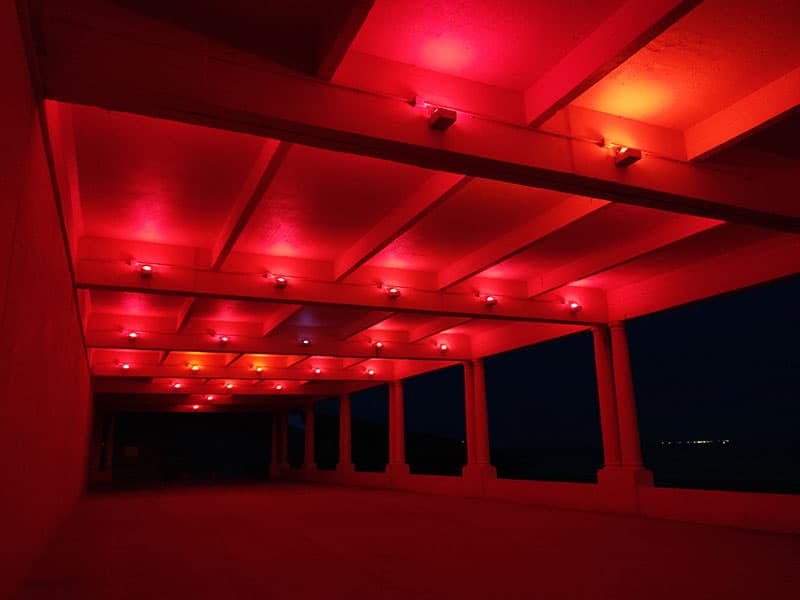
Shooting in low light often results in high ISOs – unless using Pro mode
As well as dual rear cameras, the HTC u12+ has dual front cameras, which gives you the option to create shallow depth-of-field effect selfies – perhaps more interestingly, you can also shoot selfie panoramas if you happen to find yourself somewhere particularly scenic.
Results are very good in a range of different scenarios, with natural colours for landscapes and a good degree of detail. in low light, the phone can be guilty of ramping up the ISO when left to its own devices, so picking a lower setting manually is a wise choice.
Shallow depth of field shooting is available but it leaves some obvious fringing around your subject, particularly if shooting against a fussy background, but it’s not too problematic for use on social media and so on.
Google Pixel 3
- From £639
- store.google.com
- Single-lens camera
- 5.5in and 6.3in (XL) screen
- 64GB or 128GB storage
- 2915/3430 mAh battery
- Score 4.5/5
Google has enjoyed enormous success with its photography-orientated smartphones. With the latest iteration it introduces some interesting new clever features which produce great results.
Just like the iPhone XS, the Pixel 3 comes in two sizes – a larger XL version is available, but both share the same camera.
Unlike all of the other smartphones here, the Pixel 3 is equipped with just one lens on the rear, which has a 28mm f/1.8 equivalent. That restricts you when it comes to optical ‘zooming’, but thanks to advanced machine learning, it doesn’t remove the chance to create shallow depth-of-field effects.
Google’s Night Sight mode puts in a very impressive performance handheld
With its very basic native camera app, the Pixel 3 is hard to recommend to those looking for something seriously advanced. In essence, it’s a basic point and shoot – albeit one that performs very well when left to its own devices. on the plus side, raw-format shooting is available.
One of the new functions for the Pixel 3 is the introduction of Night Sight mode. Similar in operation to Huawei’s superb Night mode, it blends together short exposures to give a similar result to a six-second-long exposure, all while shooting handheld. In practice, the results are a touch better than Huawei’s, with more realistic colours and a fantastic degree of sharpness. With just one focal length available, however, the Pixel 3 is less flexible.
Otherwise, other types of scenes are also very well balanced with vibrant yet realistic colours. Despite having just one lens, the shallow depth-of-field effect is extremely impressive – even when shooting non-human subjects on fussy backgrounds.
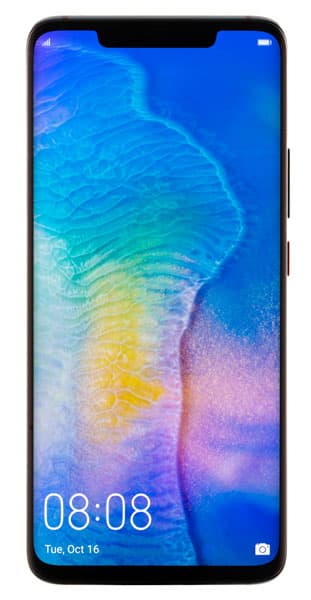
Huawei Mate 20 Pro
- £899
- www.huawei.com
- Triple Leica lens rear camera
- 6.39in screen
- 128GB or 256GB storage + Nano memory compatibility
- 189g
- 4200 mAh battery
- Dedicated wideangle lens
- Score 5/5
Topping the P20 Pro is no easy feat, but depending on your point of view, the Mate 20 Pro arguably does just that. This device features the same main and telephoto lens-and-sensor combinations of the P20 Pro, but removes the monochrome sensor to make way for an ultra wideangle f/2.2 lens, giving you a 16mm equivalent. Combining that lens with a 20MP sensor, it also brings with it a super-macro mode that allows you to get as close as 2.5cm to your subject.
The native camera app is the same as the P20 Pro, too, so again it’s very flexible with a good range of shooting options including a Pro mode with raw format recording. The superlative Night mode is also here, giving you the scope to record low-light, ultra-wideangle scenes. Another point of difference between the two devices is the screen, with the Mate 20 Pro featuring a gently curving OLED.

A wideangle lens on a smartphone is great for landscape photography fans
In terms of image quality, again we’ve got something which is capable of producing fantastic shots. It seems oversaturation has been dialled down a touch compared to the P20 Pro when AI is switched on, but you can still turn it off if you prefer the natural look (or switch to Pro mode to avoid the problem completely).
Removing the monochrome sensor doesn’t mean you can’t shoot in black & white – but it’s now essentially a conversion. Such shots are slightly better with the P20 Pro, but it’s unlikely you’ll be too disappointed without the context of the other phone to show the difference. overall we think it’s likely worth the sacrifice for landscape, architecture or close-up photography for most average users.


